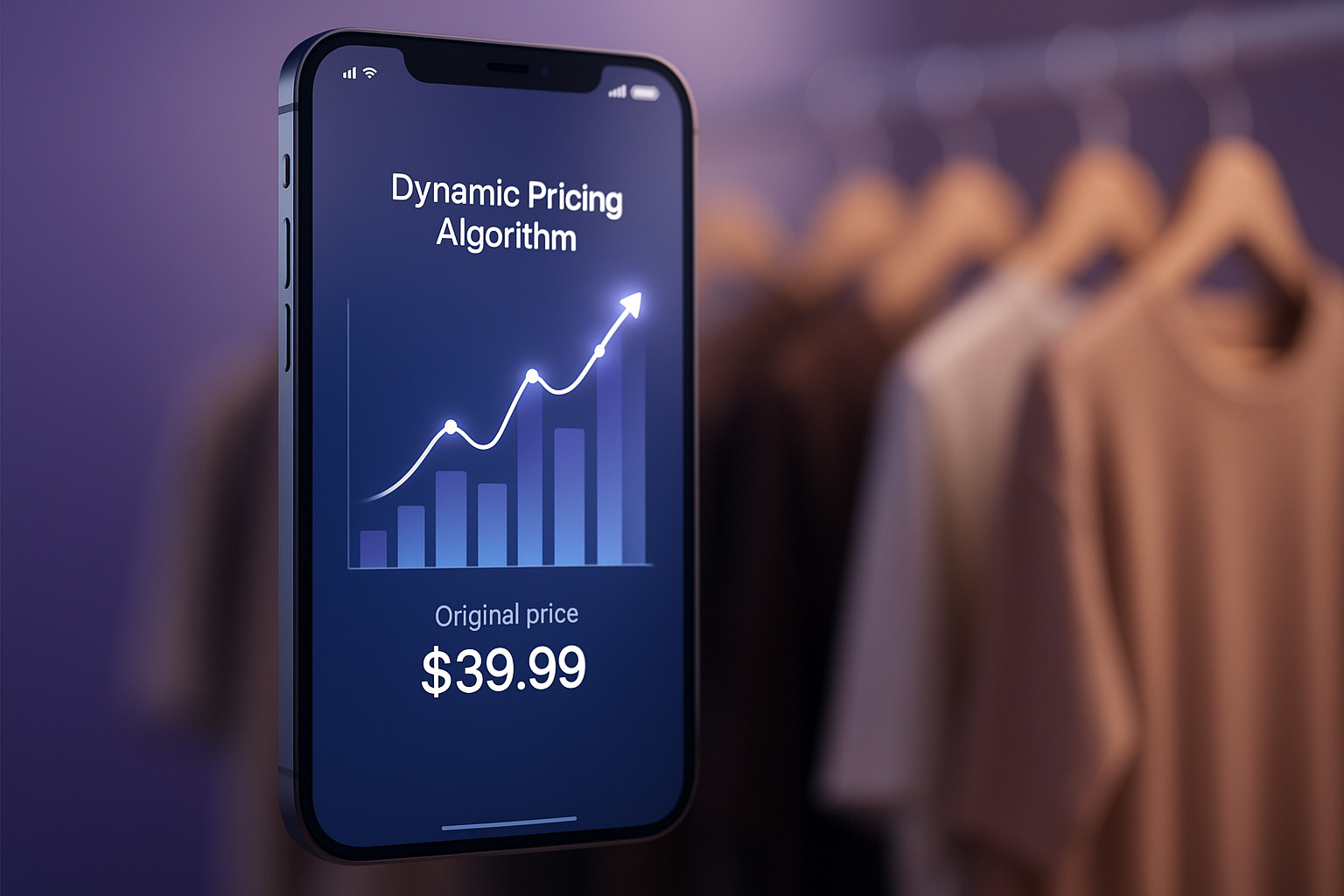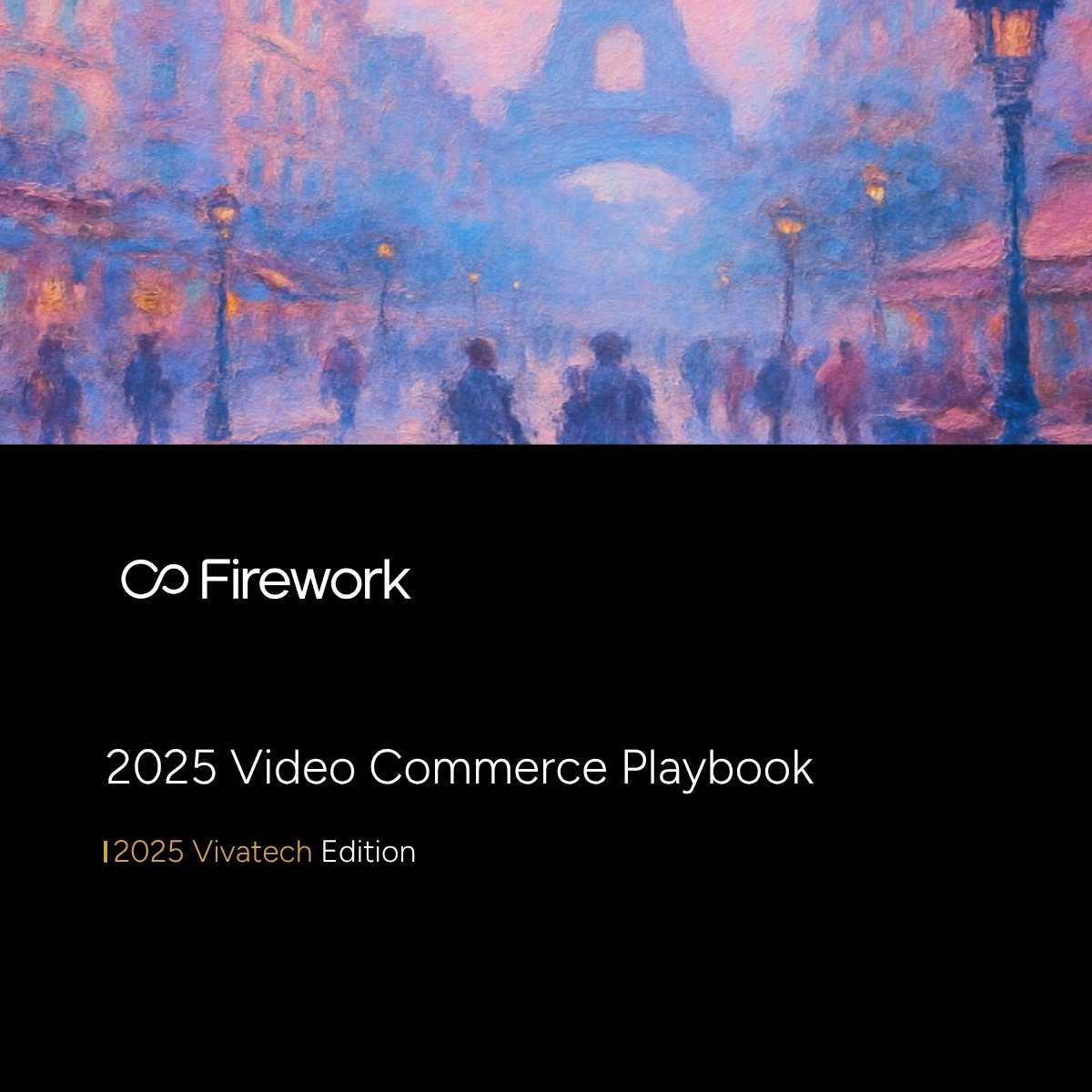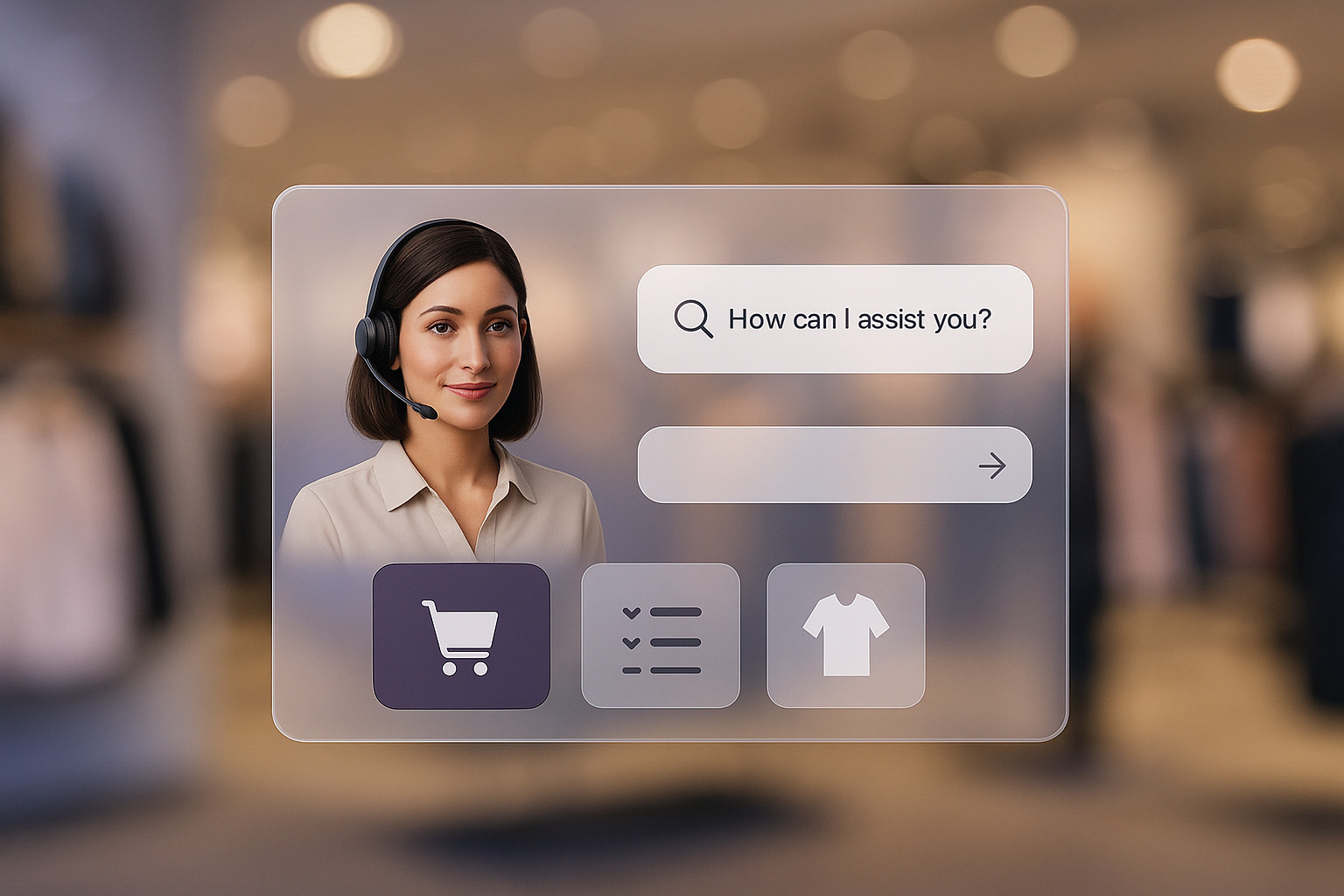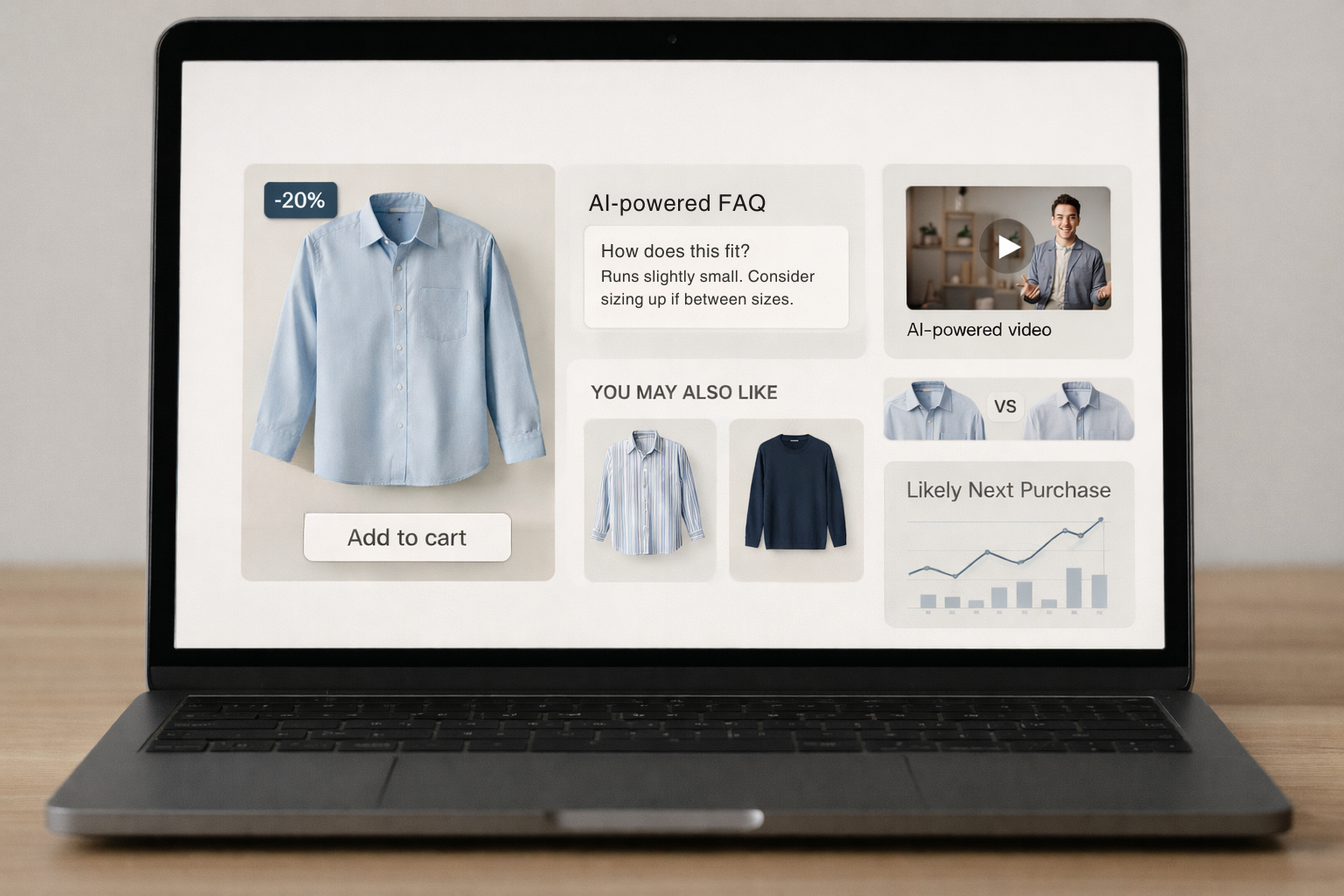By 2030, AI could add up to $390 billion in annual value as it has now become a budgeting priority. Retailers across various sectors, including fashion, grocery, and beauty, have already leveraged algorithms to drive revenue since 2022.
Retail teams now utilize AI to anticipate demand, optimize pricing, and deliver more personalized experiences, with significantly less guesswork. It’s less about cutting costs and more about staying ahead: understanding what customers want before they ask, and building systems that can respond in real time.
Here are seven AI solutions that helped retailers earn millions, and can do the same for you:
1. Zara’s AI-Driven Dynamic Pricing
Fast fashion moves too quickly for weekly price meetings. Zara's algorithm analyzes real-time signals, such as sell-through rates, local weather, and competitor promotions, to predict demand and adjust prices before inventory goes to waste.
When social media buzz makes a dress go viral, the system nudges prices up. As interest wanes, it coordinates with inventory planners to schedule markdowns at precisely the right moment, clearing shelves without compromising margin.
Retailers using intelligent pricing see a 10–20% higher revenue than those with static price books. Zara applies these gains across thousands of SKUs automatically, freeing merchants to focus on product storytelling.
Actionable takeaway: Start with a limited pilot in a high-velocity category. Track sell-through, margin, and customer response, then expand once you see clear results. This careful approach minimizes risk while building momentum.
2. Amazon & BÉIS’ Personalized Product Recommendations
Personalized recommendations turn browsers into buyers. Amazon's recommendation engine generates roughly 35% of its total revenue by analyzing purchase history, clicks, and context, proving that machine learning has a direct impact on profits.
These models track millions of customer journeys, uncover surprising product pairings, and refresh suggestions in real-time. Resulting in higher-order values and cross-selling that feel helpful rather than pushy.
You don't need Amazon's resources for similar results. Travel brand BÉIS plugged Nosto's recommendation engine into its Shopify store and saw consistent double-digit growth. Shopping sessions evolved into curated, magazine-style experiences that enhanced lifetime value.
Actionable takeaway: Use your existing data, orders, searches, and email engagement to deploy an intelligent recommendation system. Start with one high-traffic category, measure the revenue lift, and then roll out the initiative across your entire catalog.
3. Target’s Demand Forecasting and Inventory Optimization
Predictive demand forecasting turns inventory management from guesswork into science. Today's models analyze years of POS data, seasonality, weather patterns, promotions, and local events to predict exactly what each store will sell next week.
Retailers using these systems cut stockout rates by 30%, protecting sales and keeping customers happy while eliminating rushed transfers. Smarter replenishment also reduces safety stock, freeing working capital and improving inventory turnover.
Walmart and Target’'s use automated allocation engines that send products where they'll sell fastest, reducing waste and markdowns. Even initial pilots often pay for themselves within a single buying cycle.
Actionable takeaway: Start with a high-margin or fast-moving category where impact is easily measured, refine based on actual performance, and then scale across your network for compounding benefits.
4. Amazon Go’s Frictionless Checkout Solutions
At Amazon Go, lines don't exist. Ceiling cameras and shelf sensors work with deep-learning algorithms to track every item you pick up, silently adding it to your virtual cart. Walk out, and the system will automatically charge your Amazon account. Checkout becomes invisible, and shoppers move through in minutes, creating an experience worth sharing.
For Amazon, this translates to concrete benefits. Faster shopping increases store throughput, while cashier-free operations reduce labor costs, both of which improve revenue per square foot.
The computer-vision system prevents mis-scans, protecting margins by tracking every product. Analysts note that cashierless formats can increase basket size as customers make impulse purchases without worrying about lines.
Actionable takeaway: Start small, a single store format or one high-traffic section, and use that data to guide your wider implementation while keeping capital risk manageable.

5. Sephora’s AI-Powered Visual Search & AR
Sephora's app reimagines product discovery through visual search, which instantly scans millions of items. Upload a photo of any lipstick shade, and you'll see perfect matches in seconds. This same technology powers Virtual Artist, an augmented-reality mirror that maps facial features and displays products in real-time, customizing suggestions based on skin tone and style.
Virtual try-on builds shopper confidence, boosting conversion rates and significantly reducing returns, while also fueling more decisive purchasing decisions. This, in turn, drives Sephora's digital channel growth, which consistently outpaces its physical stores.
Actionable takeaway: Key Implementation is to utilize visual search and AR in categories where appearance drives purchases, such as beauty, apparel, and home décor, which show the strongest results. These technologies convert browsing to buying by bridging online convenience with in-store testing.
6. Walgreens’ Loss Prevention and Fraud Detection
Walgreens rebuilt its security approach with intelligent video analytics that significantly reduced shrinkage across thousands of locations. The system constantly analyzes customer movements, posture, and dwell times, instantly flagging behaviors matching theft risk patterns.
When suspicious activity triggers an alert, store staff receive immediate notifications with specific location details. This catches potential theft before it happens, rather than discovering losses during inventory counts.
The technology monitors every aisle simultaneously, while human security personnel handle complex investigations and provide customer service. Stores that utilize intelligent loss prevention typically reduce shrinkage, directly boosting profit margins where every percentage point matters.
Actionable takeaway: Begin your loss prevention pilot in the highest-shrinkage locations; measurable improvements there will justify expanding the technology chainwide.
7. Starbucks’ Hyper-Personalized Marketing Campaigns
Starbucks created Deep Brew to transform mobile orders, loyalty data, and transactions into millions of personalized messages weekly. The system analyzes purchase patterns, time of day, weather, and location to predict what customers want next, then offers suggestions before they even think to ask.
Every interaction feeds real-time machine learning, continuously updating customer segments. A single app tap delivers a perfectly timed drink offer. The same model adjusts email subject lines and drive-thru screens for maximum relevance.
This precise outreach keeps rewards members returning more often, directly connecting Deep Brew's recommendations to increased sales.
Actionable takeaway: Implement intelligent lifecycle marketing that learns from each transaction and context, then automates next-best offers to boost cross-selling, retention, and store traffic.
The Future of Retail AI
These seven solutions show how algorithms directly drive revenue growth. Zara, Amazon, Target, and others turned data into multi-million-dollar gains, with industry estimates attributing up to 35% of Amazon's sales to recommendations.
Success stories span fashion, grocery, beauty, and coffee, demonstrating that AI is effective across various industries. Many retailers now see autonomous agents as essential to their future, and hesitation means losing market share.
Since these models improve with every customer interaction, the benefits compound over time. Pair these insights with shoppable video and Firework's 24/7 video showroom to transform predictions into immersive experiences that boost engagement and conversion. Book a demo to get started!
Unlock Exclusive Insights
By submitting this form, you agree to Firework's privacy policy and consent to receive personalized marketing communications. You can unsubscribe at any time.




























